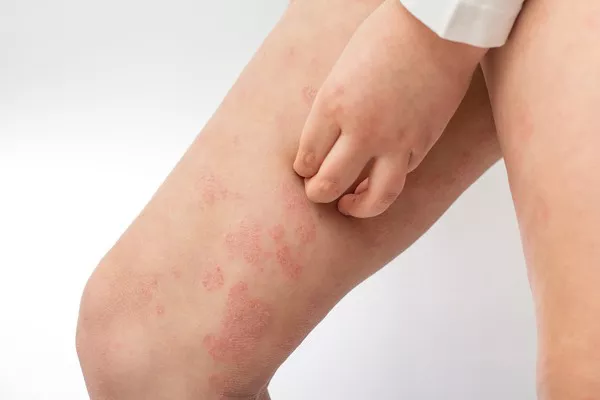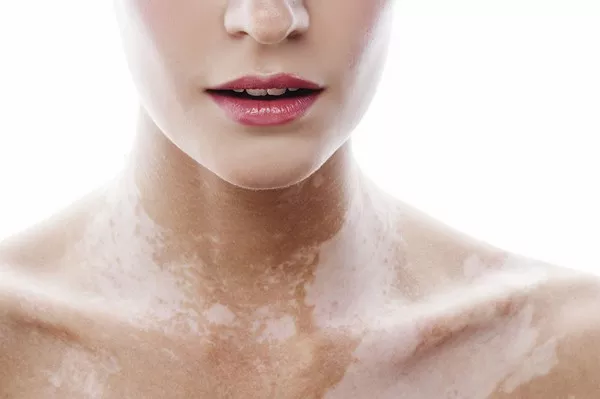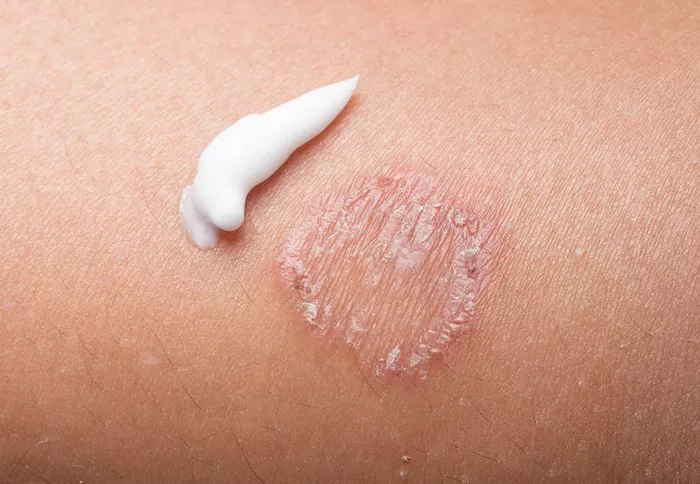Hives, medically known as urticaria, is a common skin condition characterized by itchy, raised welts that can appear anywhere on the body. The severity and duration of hives can vary greatly among individuals, making it a challenging condition to manage. This article aims to provide a thorough understanding of the condition and offer practical, evidence-based strategies for alleviating the associated itching.
Understanding Hives
Hives occur when the body’s immune system releases histamine and other chemicals into the bloodstream, causing blood vessels to leak and resulting in the swelling and itching characteristic of the condition. Hives can be acute, lasting less than six weeks, or chronic, persisting for six weeks or longer. Common triggers include:
- Allergic reactions (foods, medications, insect stings)
- Physical stimuli (cold, heat, pressure, sunlight)
- Infections (bacterial, viral)
- Stress
- Underlying medical conditions
- Immediate Relief Strategies
1. Cold Compresses
Applying a cold compress to the affected area can provide instant relief from itching. The cold temperature helps to numb the skin and reduce the blood flow, thereby minimizing swelling and itchiness.
How to Use: Wrap a few ice cubes in a clean cloth or use a cold pack. Apply to the affected area for 10-15 minutes, several times a day as needed. Avoid direct contact of ice with the skin to prevent frostbite.
2. Oatmeal Baths
Colloidal oatmeal has anti-inflammatory properties that can soothe itchy skin. An oatmeal bath can help reduce the severity of itching and provide a calming effect on the skin.
How to Use: Add one to two cups of colloidal oatmeal to a lukewarm bath. Soak for 15-20 minutes. After the bath, gently pat the skin dry with a soft towel.
3. Over-the-Counter Antihistamines
Antihistamines are commonly used to treat hives by blocking the effects of histamine. Non-drowsy antihistamines such as cetirizine (Zyrtec) and loratadine (Claritin) are effective for daytime use, while diphenhydramine (Benadryl) can be used at night if itching interferes with sleep.
How to Use: Follow the dosage instructions on the packaging. It’s advisable to consult a healthcare professional before starting any medication, especially for children or individuals with underlying health conditions.
4. Calamine Lotion and Anti-Itch Creams
Topical treatments such as calamine lotion and hydrocortisone cream can help soothe the skin and provide temporary relief from itching.
How to Use: Apply the lotion or cream directly to the affected areas. Calamine lotion can be used several times a day, while hydrocortisone cream should not be used for more than a week without medical advice.
Long-Term Management Strategies
5. Identify and Avoid Triggers
Identifying the specific triggers for your hives is crucial in preventing future outbreaks. Keeping a detailed diary of your activities, diet, medications, and exposure to environmental factors can help pinpoint potential triggers.
Tips: Note the time and location of hive outbreaks, any new foods or medications, recent infections, and levels of stress. Once identified, take steps to avoid or minimize exposure to these triggers.
6. Maintain a Healthy Lifestyle
A balanced diet, regular exercise, and adequate sleep are fundamental to overall health and can help manage chronic hives. Stress management techniques such as yoga, meditation, and deep-breathing exercises can also be beneficial.
Dietary Considerations: Foods rich in antioxidants, omega-3 fatty acids, and vitamin C can boost the immune system. Avoid known allergens and consider an elimination diet under the guidance of a nutritionist if food triggers are suspected.
7. Regular Monitoring and Medical Consultation
For chronic hives, regular consultation with a healthcare provider is essential. Your doctor may recommend additional tests to identify underlying causes or refer you to a specialist such as an allergist or dermatologist.
Medical Treatments: For severe or persistent cases, prescription medications such as stronger antihistamines, corticosteroids, or biologics like omalizumab (Xolair) may be necessary.
Natural Remedies and Alternative Treatments
8. Herbal Remedies
Some herbal remedies have shown promise in reducing inflammation and itching associated with hives. Always consult with a healthcare provider before starting any herbal treatment to avoid interactions with other medications.
Examples: Aloe vera gel can be applied topically to soothe the skin. Drinking nettle tea or taking nettle supplements may help reduce histamine levels.
9. Acupuncture
Acupuncture, a traditional Chinese medicine practice, has been reported by some patients to help relieve chronic hives by balancing the body’s energy flow and reducing stress.
Considerations: Ensure you visit a licensed and experienced acupuncturist. Acupuncture sessions should be part of a comprehensive treatment plan.
SEE ALSO: What Is Viral Hives
When to Seek Medical Attention
While many cases of hives are mild and manageable at home, certain situations require immediate medical attention:
- Severe Symptoms: Difficulty breathing, swelling of the face or throat, or a rapid heartbeat can indicate a severe allergic reaction (anaphylaxis), which is a medical emergency.
- Chronic Hives: If hives persist for more than six weeks or recur frequently, a thorough medical evaluation is necessary to rule out underlying conditions.
- Medication Side Effects: If hives occur after starting a new medication, discontinue use and seek medical advice immediately.
Conclusion
Managing the itching associated with hives involves a combination of immediate relief strategies, long-term management, and lifestyle adjustments. Identifying and avoiding triggers, maintaining a healthy lifestyle, and seeking regular medical advice are crucial components of an effective management plan. By taking a proactive approach and utilizing the various treatments available, individuals with hives can significantly improve their quality of life and reduce the discomfort associated with this condition.
In summary, while hives can be a distressing condition, there are multiple avenues for relief and management. Cold compresses, oatmeal baths, antihistamines, and topical treatments offer immediate relief, while identifying triggers, maintaining a healthy lifestyle, and consulting healthcare professionals provide long-term management. Herbal remedies and alternative treatments such as acupuncture can also play a supportive role. Recognizing when to seek medical attention is critical for ensuring safe and effective treatment. With the right strategies, it is possible to manage hives effectively and reduce the impact of itching on daily life.
Related Topics:


























